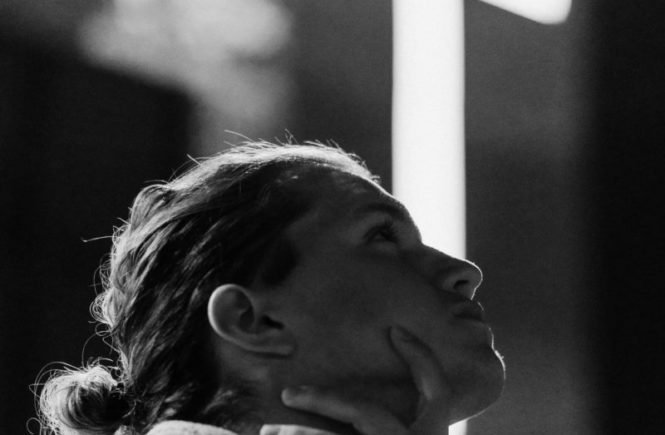What do you think of when you picture an angel? Do you think of Raphael’s paintings of winged baby cherubs or a woman with wings dressed in white atop your Christmas tree? While scripture does describe creatures around His throne having wings (cherubim (Greek: Χερούβ) and seraphim (Greek: Σεραφείμ)), our cultural depictions of angels may be skewed.
Have you noticed angels (Greek: ἄγγελος) who appear in scripture have male pronouns and appear in male form? (Revelation 14:6; Acts 12:7) The most well-recognized and notable angels are Gabriel and Michael. (Luke 1:19; Jude 1:9; Revelation 12:7-9) Gabriel is the angel who appeared to Mary and Zachariah telling them about the children (Jesus and John the Baptist respectively) they were promised to have. (Luke 1:11-19, 26-29) The angel Michael will be leading the heavenly war against Satan during the last days. (Revelation 12:7-9)
We do see winged heavenly beings worshiping the Lord (Revelation 4:6-8, Ezekiel 10; Isaiah 6), but eye-witness accounts of angels (Greek: ἄγγελος) in scripture have no mention of wings. The word angel in Hebrew, malach, means “messenger.” Some of the most famous scenes in scripture regarding angels that give an account of these attributes are the angels at Jesus’s tomb, the account of the angels who stayed with Lot before they destroyed Sodom and Gomorrah and the angel who appeared to Joshua before the fall of Jericho. (Genesis 19, Luke 24:1-10, Joshua 5:13-15)
As believers, when we pass from this life to the next, we get to experience and worship God with ALL the heavenly beings, winged and not. Isn’t that cool?






3 comments
All credit goes to Kathryn! 🙂
Agreed with Rachel!
“Winged and not” — haha! Well said, Eileen!